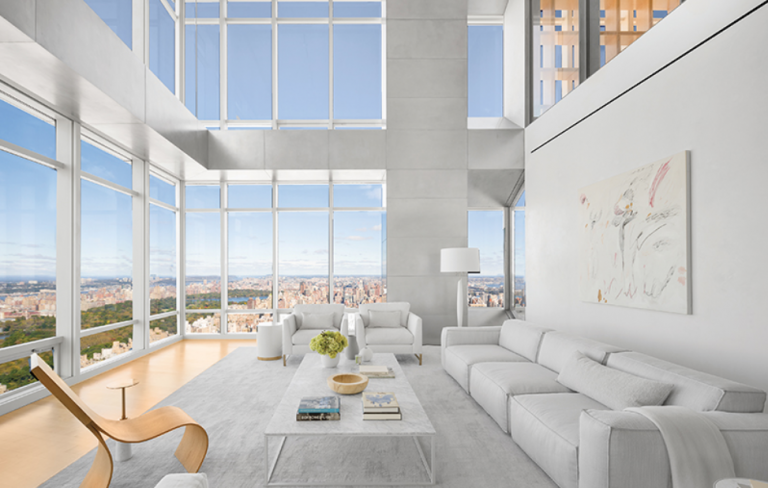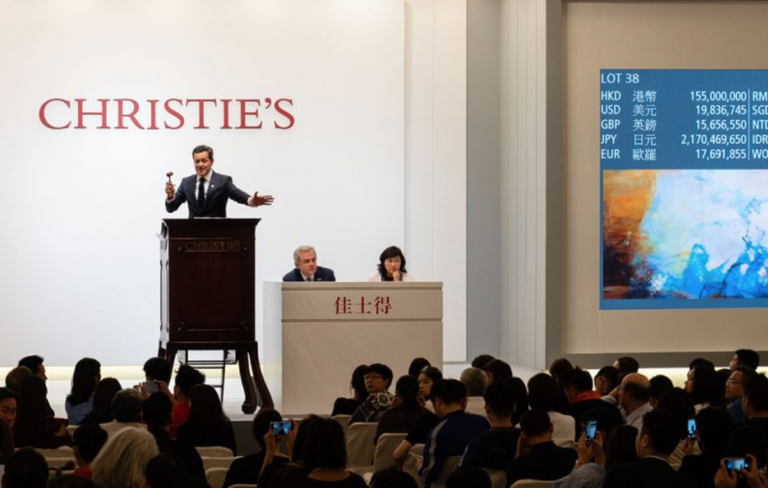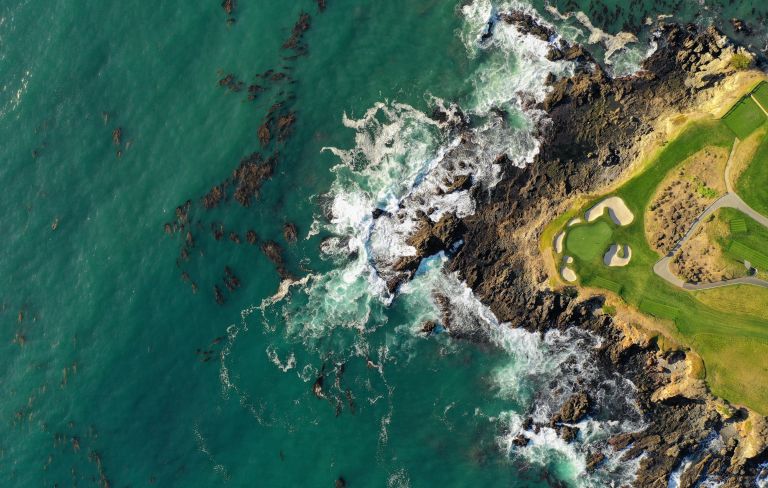What do the words “1970s” and “designer” make you think of? An orange and brown color palette? Avocado suites and shagpile carpets? A refined version of the 1970s is back in vogue, writes Xenia Taliotis in a recently published article in the online magazine Luxury Defined of Christie’s International Real Estate. Xenia is a regular contributor to Luxury Defined and publishes in The Daily Telegraph, The Independent, Economia, and Vie.
Seventies’ interiors were a riot of color and pattern. Or perhaps they were just a riot, a big, noisy celebration of more being more. Among the many crimes against taste the decade stood accused of committing were the waterbed (patented in 1971); the avocado washroom suite; the shagpile rug; the stone-clad fireplace; the floating staircase; and the macramé everything—owls were particularly popular: it’s a list that, for years, read like the ultimate what’s what of the bad, the awful, and the tacky.
And yet our homes and hotels are once again welcoming the bright, the bold, but perhaps the less brash best of the 1970s. Guests checking in to Hotel Les Deux Gares, in Paris, will find that designer Luke Edward Hall, pictured below, has created a distinctly retro-driven fusion of Art Deco meets the Seventies with his avocado bathtubs and washbasins set against sunflower yellow walls, blush-pink suites against emerald-green tiles, and sink-into-me velvet couches on geometric, brown rugs. The rooms flourish with a wild mismatch of colorful fabrics that reflect the abandonment and flamboyance of both periods.
Would you like some examples?
Nicola Holen ist reacting against Shades of Gray. She said not to be surprised that the seemingly anything-goes Seventies are back. “It happens time and time again. After a period of austerity or difficulty, fashion—interior design as well as clothing—lets rip with styles that are dynamic and indulgent,” she says.
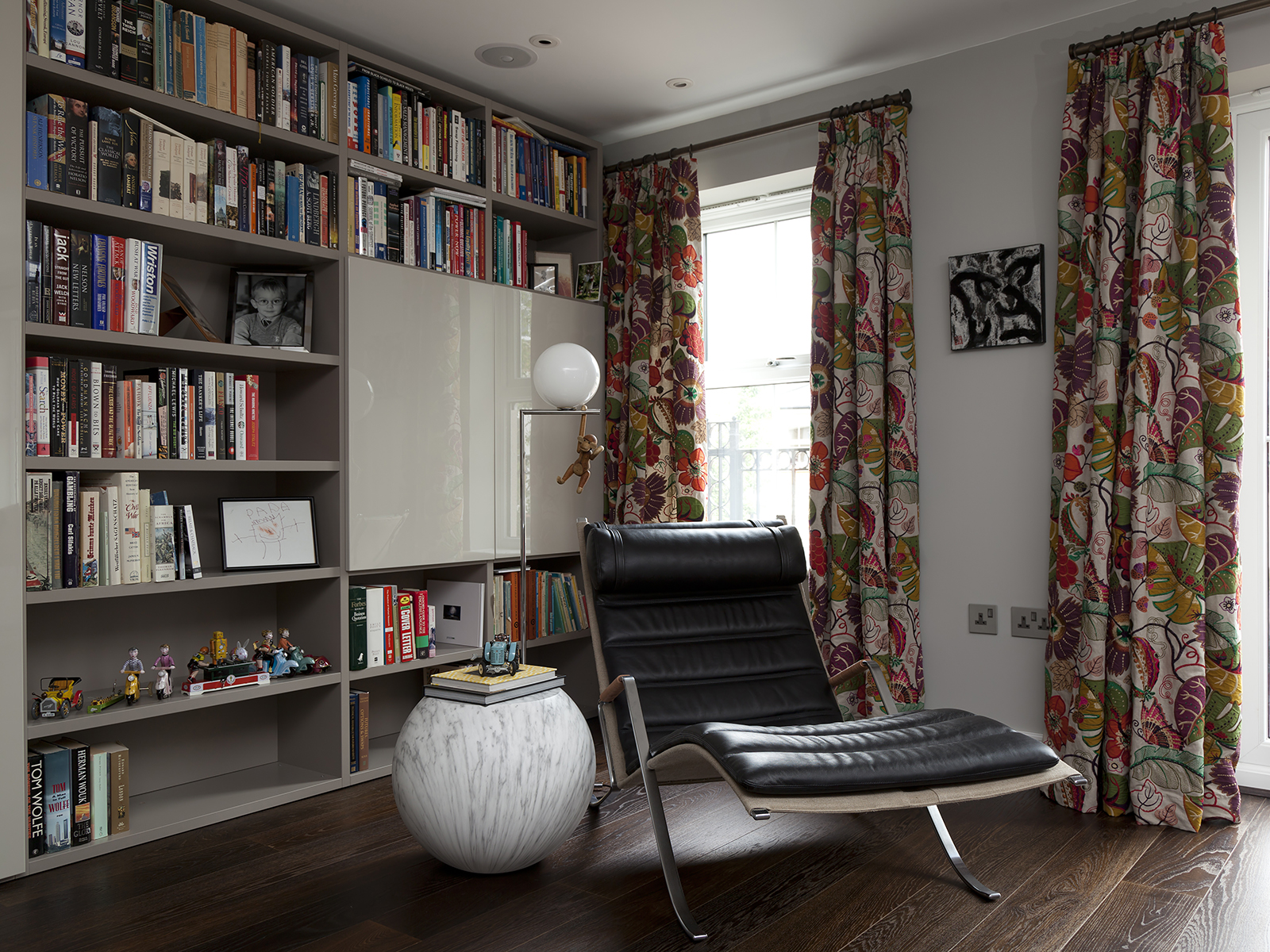
Down-to-earth luxury and humor are some of the words Nicola Holden uses to describe her work. Her aim is “relaxed luxury that makes a home feel ‘designed’, but not at the expense of familiarity, homeliness, or function.” Courtesy: Nicola Holden Designs
Celebrating Timeless Design is the Leitmotiv of Bill Curry. His work is now remade by GUBI, the Danish design house, founded in 1967, pioneered many of the young furniture makers who were making their name at the time. Curry’s Obello, mushroom, lamp using the same frosted, mouth-blown glass shade as the originals—but in a portable, rechargeable version that can be taken outside.
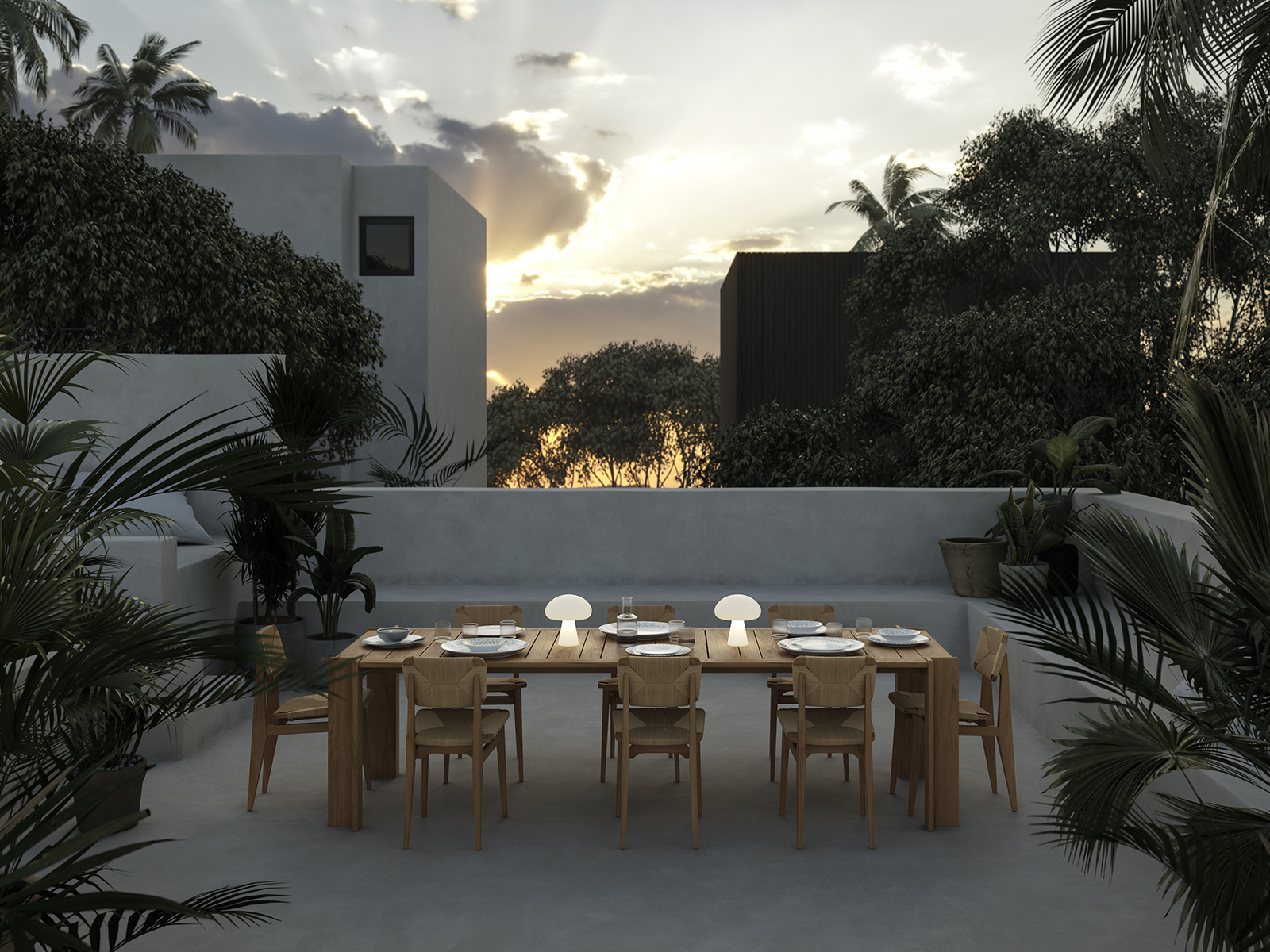
American designer Bill Curry designed the Obello Lamp in 1971 using a single glass form. His inspiration was the atomic age, space race, and pop culture in 1970s Los Angeles. Curry’s family have endorsed this updated version. Courtesy: gubi.com
An other example–of many others featured in the article–is the unique beachside home in Brazil actually on the market for 16.5 Mit. $.
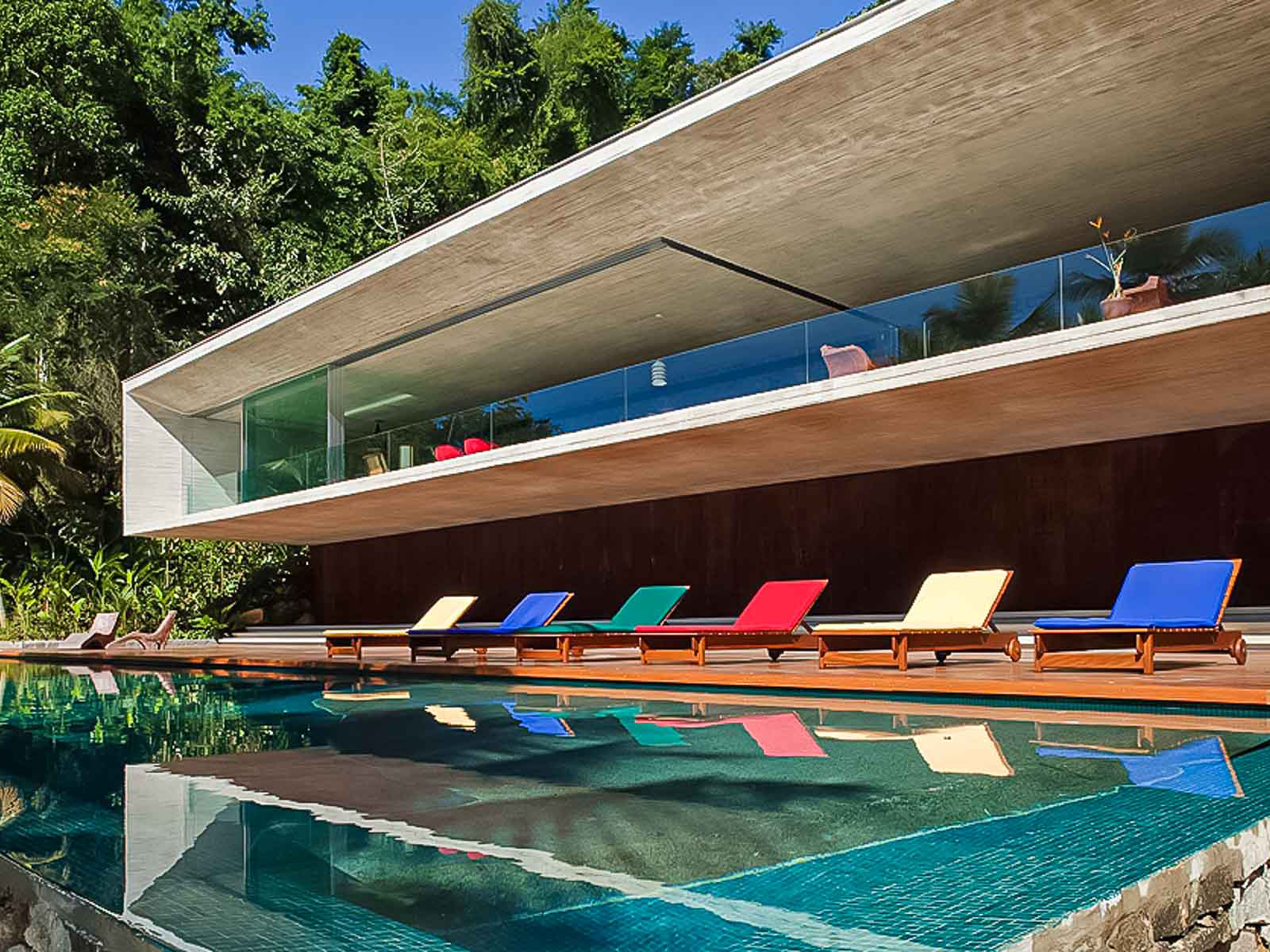
This home, which has five bedrooms and five full bathrooms, was designed by Studio MK27. Walls made of glass ensure you can enjoy the amazing views, and its location means you can feel the sea breeze from the terrace and hear the birds singing too.
This impressive property makes a clear nod to the design style of the 1970s with an orange work surface in the kitchen, concrete features, and retro furniture including brightly colored sun loungers. The home is divided into four floors of relaxed open plan living space covering 38,000 square feet (3,500 sq m). Outside, there’s a private swimming pool surrounded by coconut trees, overlooking the beach, the sea, and a large area of preserved Atlantic Forest.
